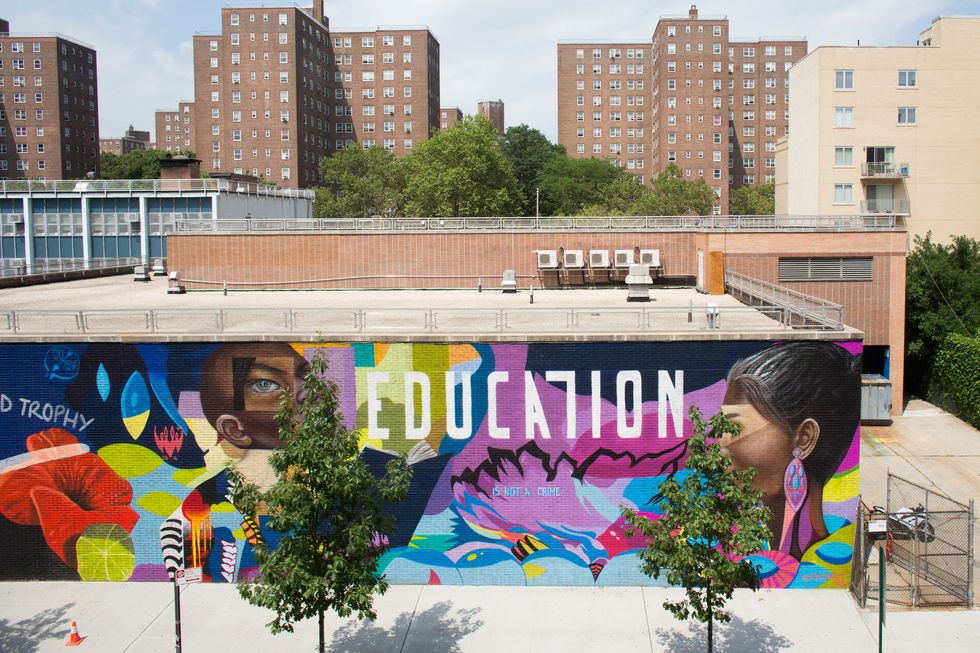Summer paints the sunset sky an orange creamsicle shade. The sticky humidity matches the calm evening breeze. Glitter forming constellations. Drumming of fireworks thumping to your heartbeat.
This past summer I spent my time interning at a new performing arts education center called New Spire Arts. While there are visual arts education centers and multiple theatres in Frederick, Maryland, there was a lack of an area solely for performance education that didn’t take place outside of public schools.
Being an intern, I sat in on some classes. The guest teachers were either experts in their craft or locals who wanted to give back to the youth in the community.
Each time a class ended I would ask the instructors what brought them to this center. Some said that they knew the directors, my bosses, as close friends and thought this startup was fun and refreshing to the city.
I had always been a musician and recently had an interest in theatre, acting almost all of high school. My peers who wanted to perform later on in life as a career did it for many reasons that included the rush that they felt when performing and the love of art.
These teachers expressed the same feelings during their youth, but getting older and getting to the point where their careers were steady changed who they wanted to be in the arts. Their love that revolved around how their craft made them feel evolved into their interest in how the arts could make others feel with their help, educating and giving back to humble beginnings.
Then, there were the guest instructors who got me thinking. Several teachers brought up how the arts did something that academics couldn’t do for them back then, and, unfortunately, isn’t doing right now. It saved them from committing crimes in their youth, doing or dealing drugs, and not dropping out of school.
The arts asked the questions academics didn’t have time for. Sitting in a small music class, the instructor explained that the school system was doing a disservice to the arts as it didn’t leave much room to creativity, something that is often heard, and didn’t have time for too much free thinking. Time spent on test-prep and workbooks and long seven hour days sitting in an uncomfortable desk didn’t get those creative juices flowing.
Later on, sitting in an a overflowing music class, another instructor explains that students need to participate in the arts, specifically the performing arts, in order to be asked the “why” questions and search for details and explanations that schools don’t provide. Speeding by each math problem and lesson plan, and not necessarily absorbing information for forever, only until the next exam was over.
And these elements shined through in their teaching every day during the season.
Students were given reasons why technique matter, why listening to others matter. Not to just listen to be polite, but to listen to performers around you and absorb what is going on. Listening to fellow musicians in an ensemble to say on beat, or focusing on certain movements in stage combat to avoid injury. Why certain things need to be taught. Why you matter as an individual and a creator, even if art is not your strongest trait.
This center was also an outlet that students could find when art classes at school couldn’t provide it. Sometimes one needs a safe space to not be themselves, to be another person and not have it follow them for the rest of the academic year where their familiar peers could see.
Arts in education is crucial in school systems in order to provide a well rounded, thoughtful, confident, relaxed human being. It brings enjoyment amongst the chaos of papers and textbooks.
While the arts may not be for everyone, and it’s okay to prefer sports or other extracurriculars; students need to have a time where creativity and ridiculousness runs free and child-like behaviors can stir new ideas and positive assumptions about the world.















